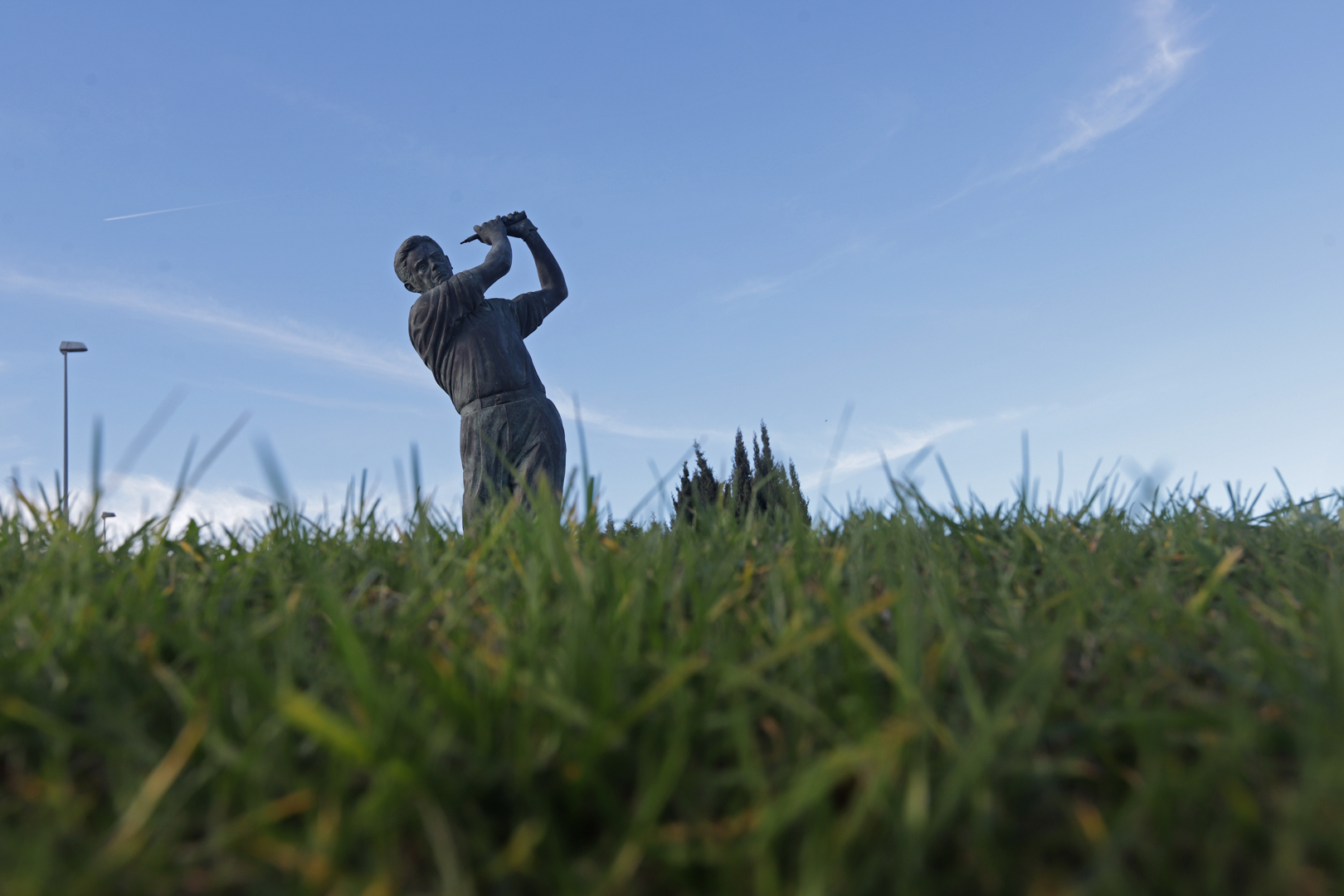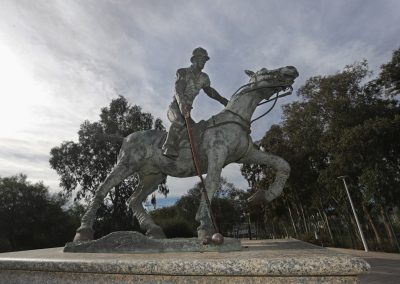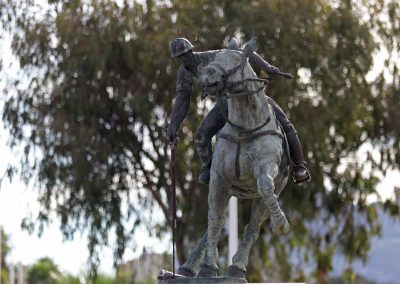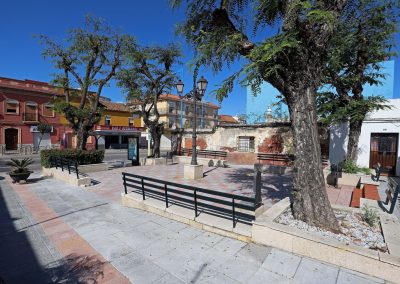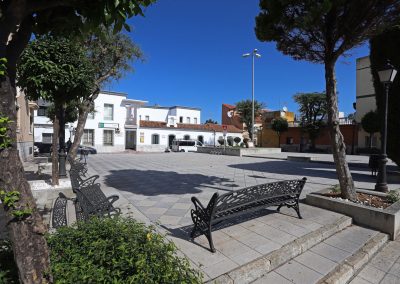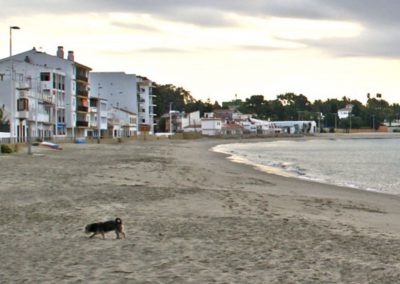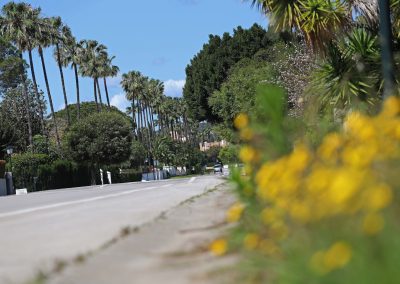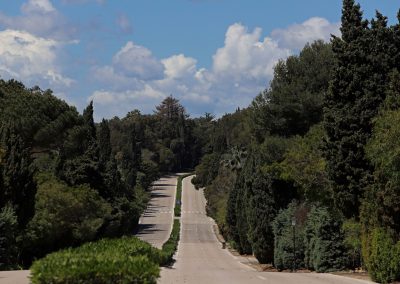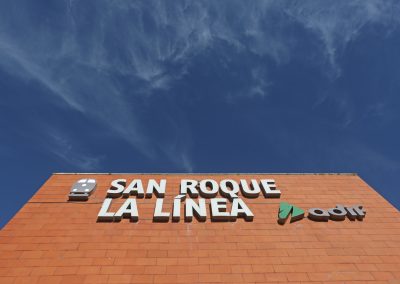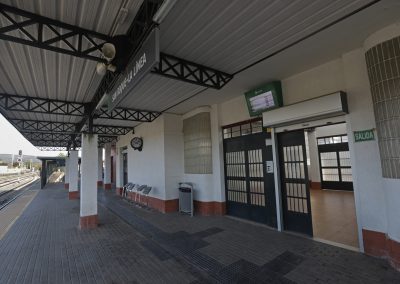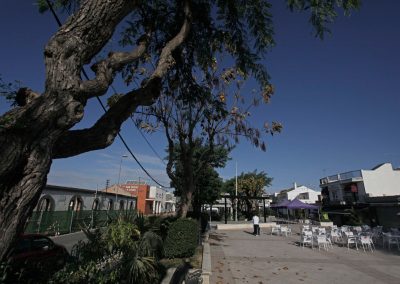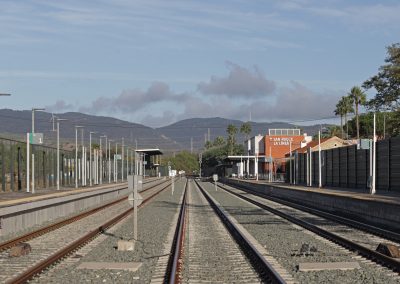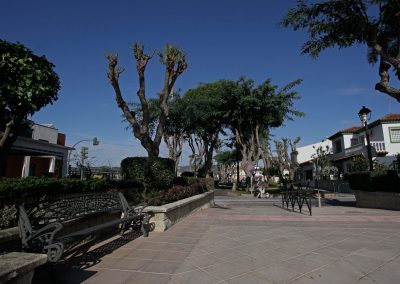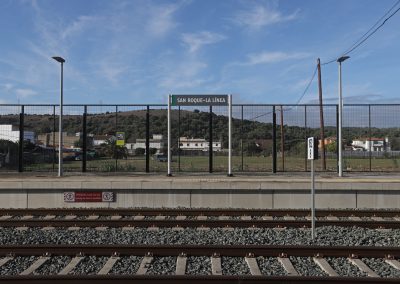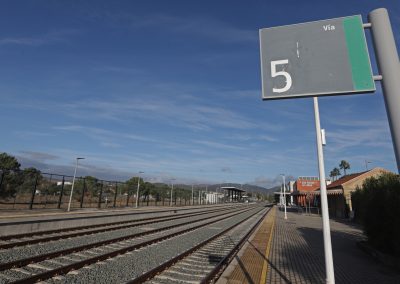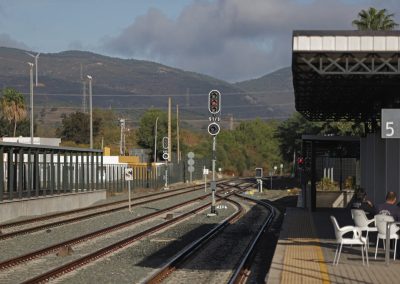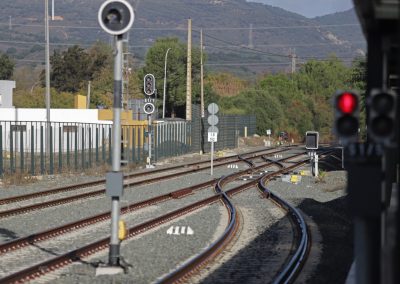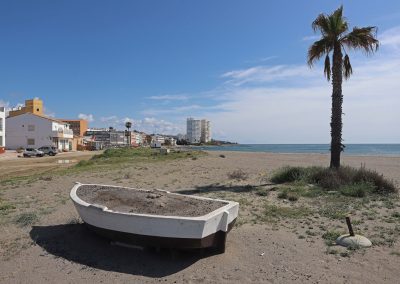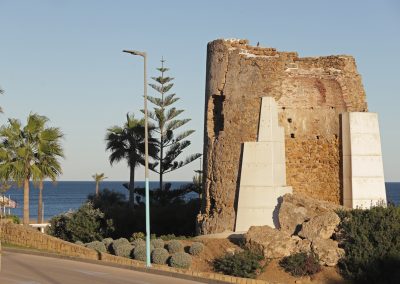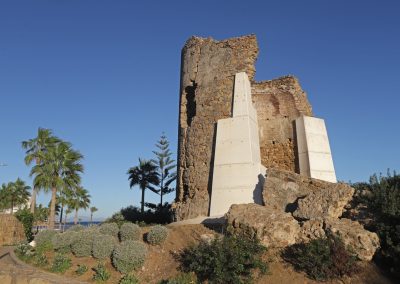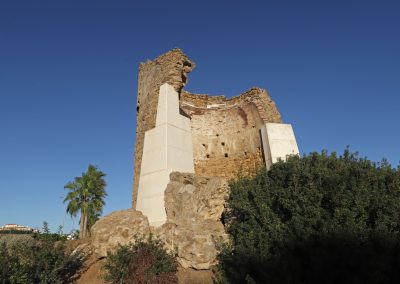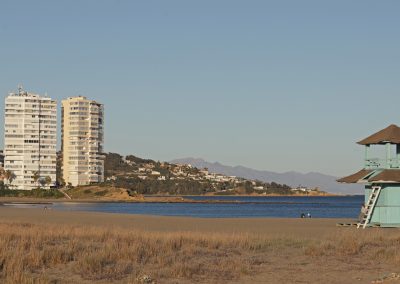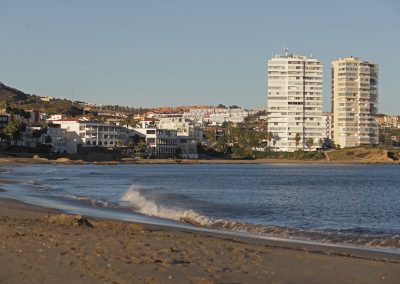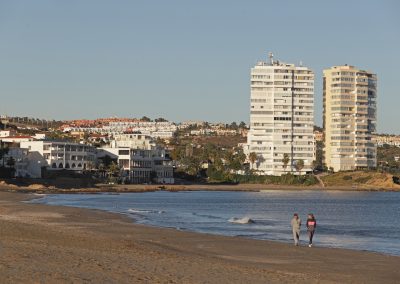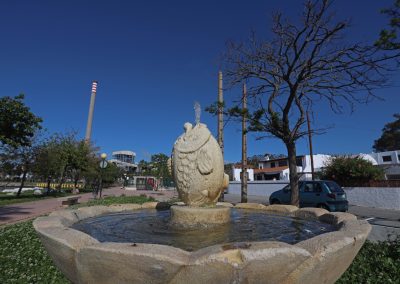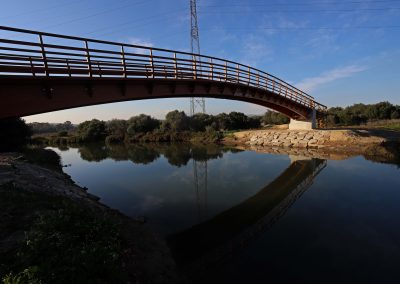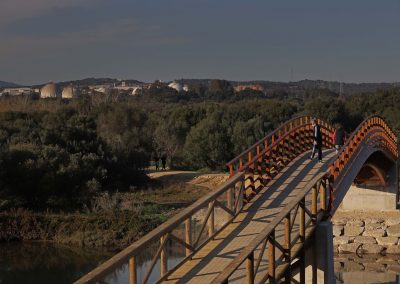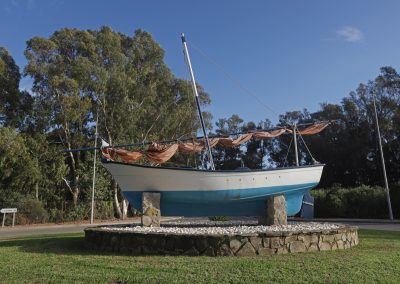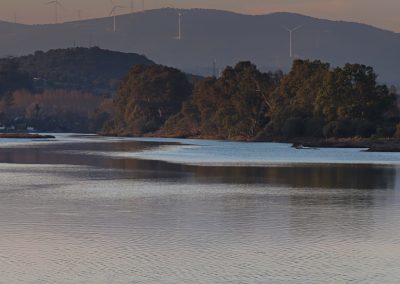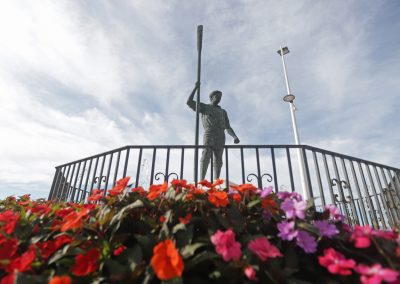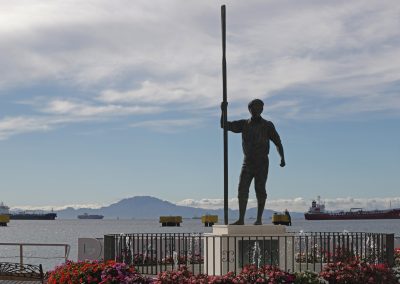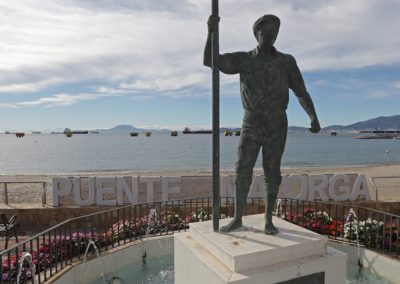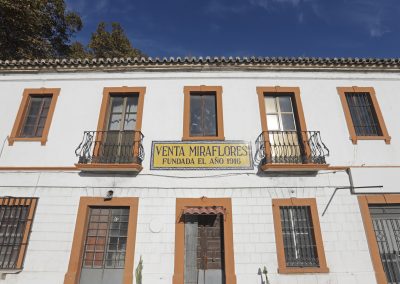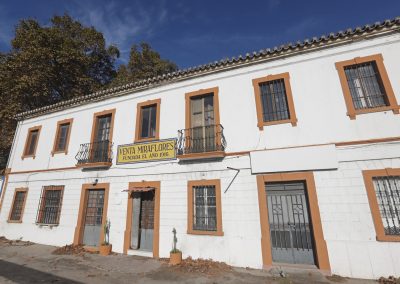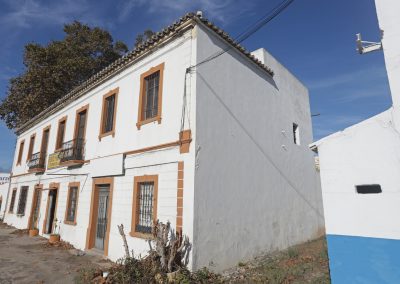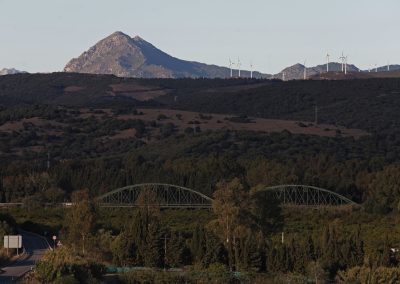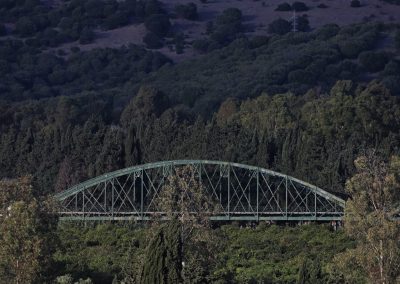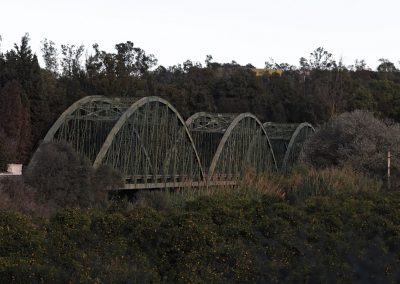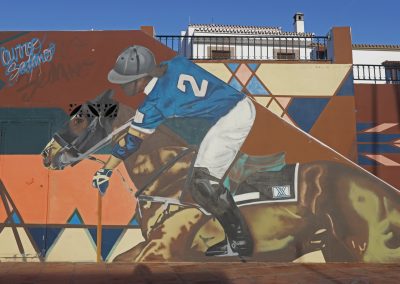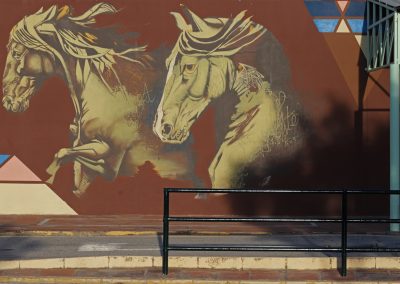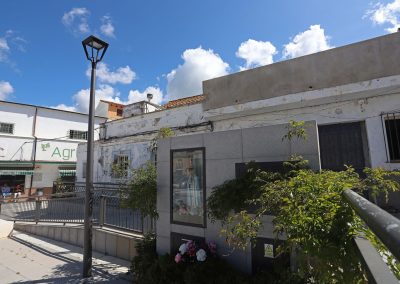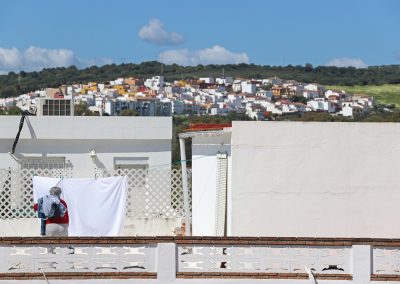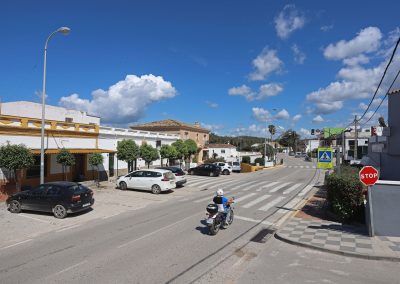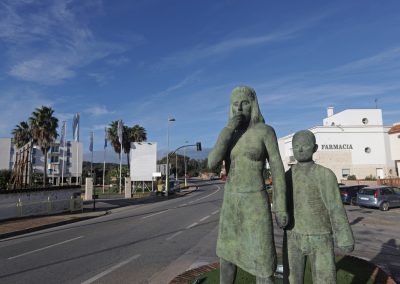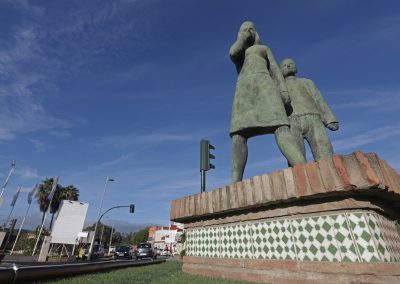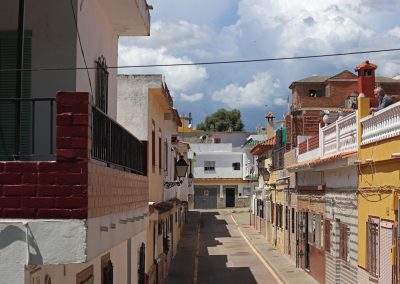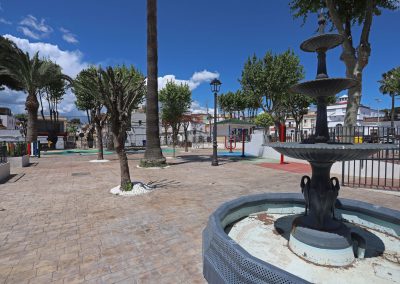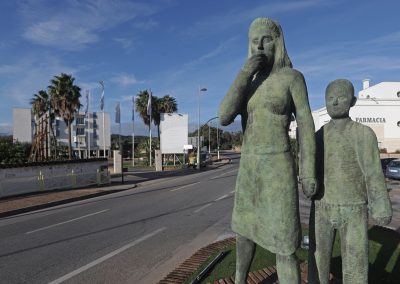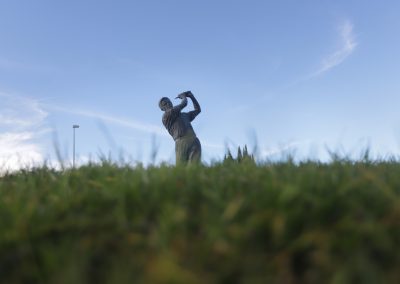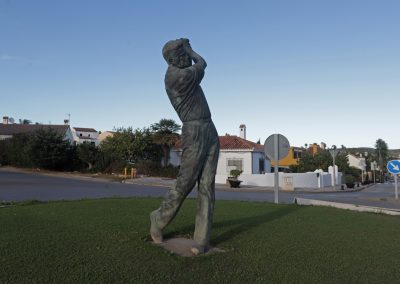Enjoy
San Roque
we want you
Villages
The borough of San Roque is comprised of different urban areas which complement its historical diversity. Local villages are scattered around its ample municipality covering 145 km2.
CAMPAMENTO
This village developed as a consequence of the Great Siege of Gibraltar in 1782. It is named after the important military camp for Spanish forces. Its history is linked to Gibraltarian companies who built the horse racing track in 1916, coinciding with the construction of the road from Campamento to La Linea. Around this time there was also a golf course, a polo ground and a greyhound racing track.
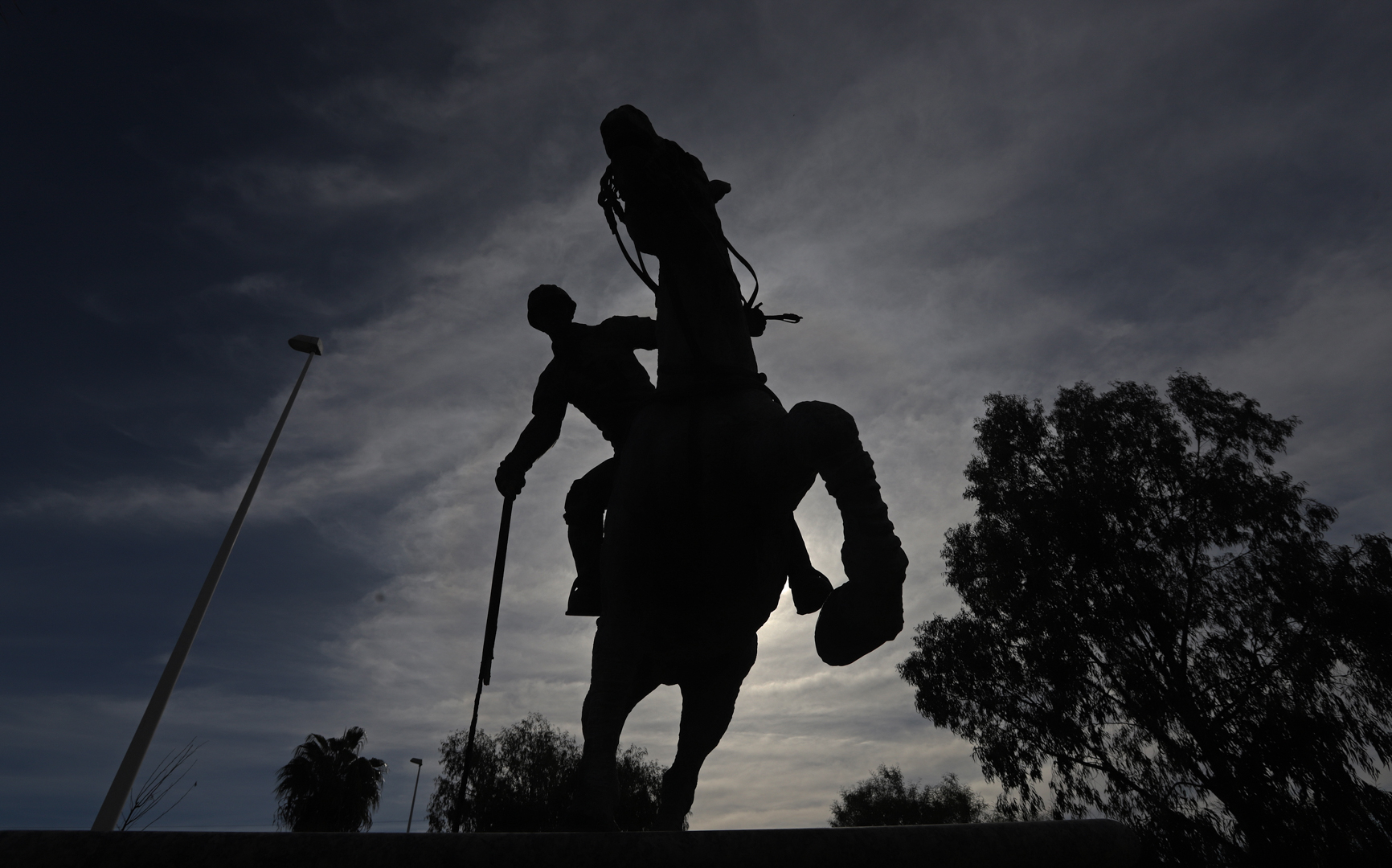
SOTOGRANDE
In 1964 Joseph McMicking, an American citizen living in the Philippines, who with exceptional foresight, developed Sotogrande and its first golf course Real Club de Golf Sotogrande. Nowadays, Sotogrande is considered to be one of the best gated communities in Europe. A year later in 1965, his nephew Enrique Zóbel inaugurated the first polo ground of Sotogrande Polo Club very close to Guadalquitón Beach, next to where Trocadero Sotogrande Beach Club is located at present.
At the beginning of the 1960s Sotogrande was practically a large, uninhabited estate comprising of several country estates, Paniagua, Valderrama, El Conchudo and La Higuera. McMicking visited the area and came up with the idea of a residential area where the future owner would have two options, enjoying the tranquility of the area and once in a while, having the chance to visit the Costa del Sol.
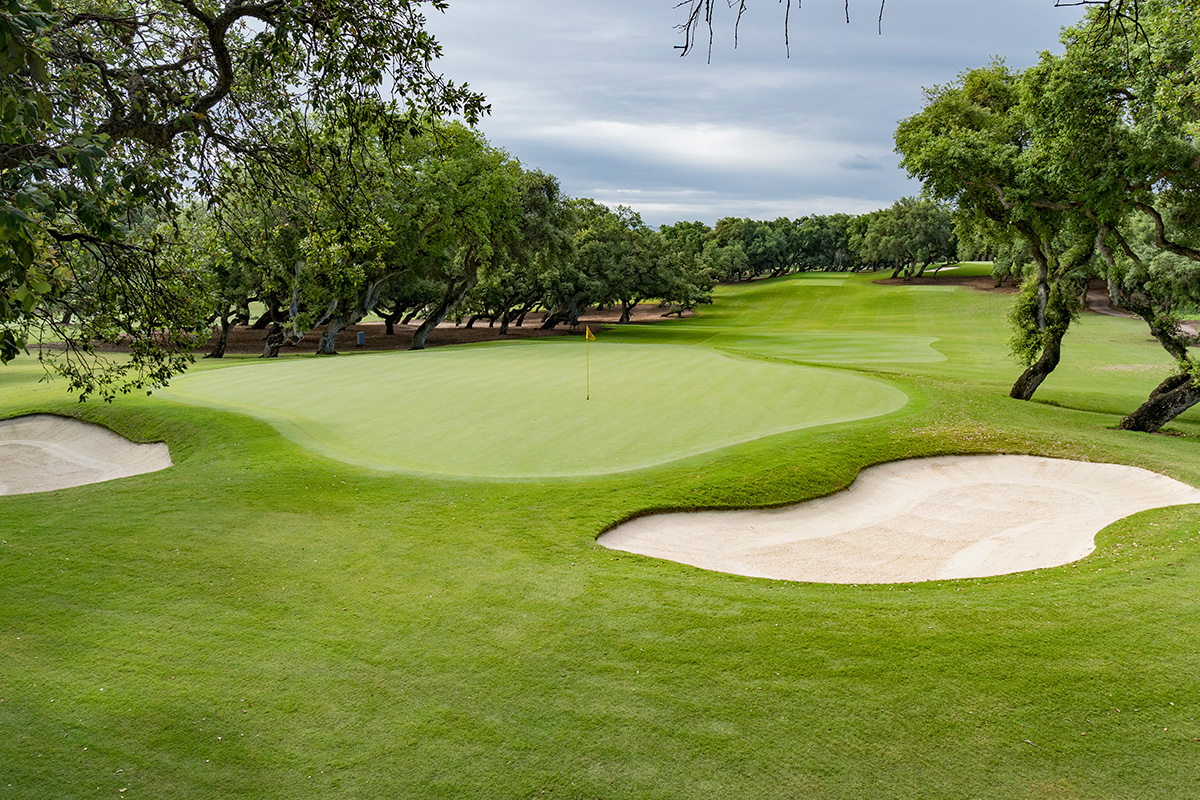
SOTOGRANDE MARINA
Sotogrande Marina was inaugurated in July 1987. Since the beginning of the Sotogrande residential area, there were plans to build a marina with artificial islands. For this purpose, the Sotogrande company purchased land on the left bank of the River Guadiaro Estuary. In the early 1990s they opted to build small city with luxury apartments on the shoreline and islands in what is the Marina today. At present it is one of the most important marinas in Spain as far as its facilities and services are concerned, for both navigators as well as tourists and residents.
ESTACIÓN DE SAN ROQUE
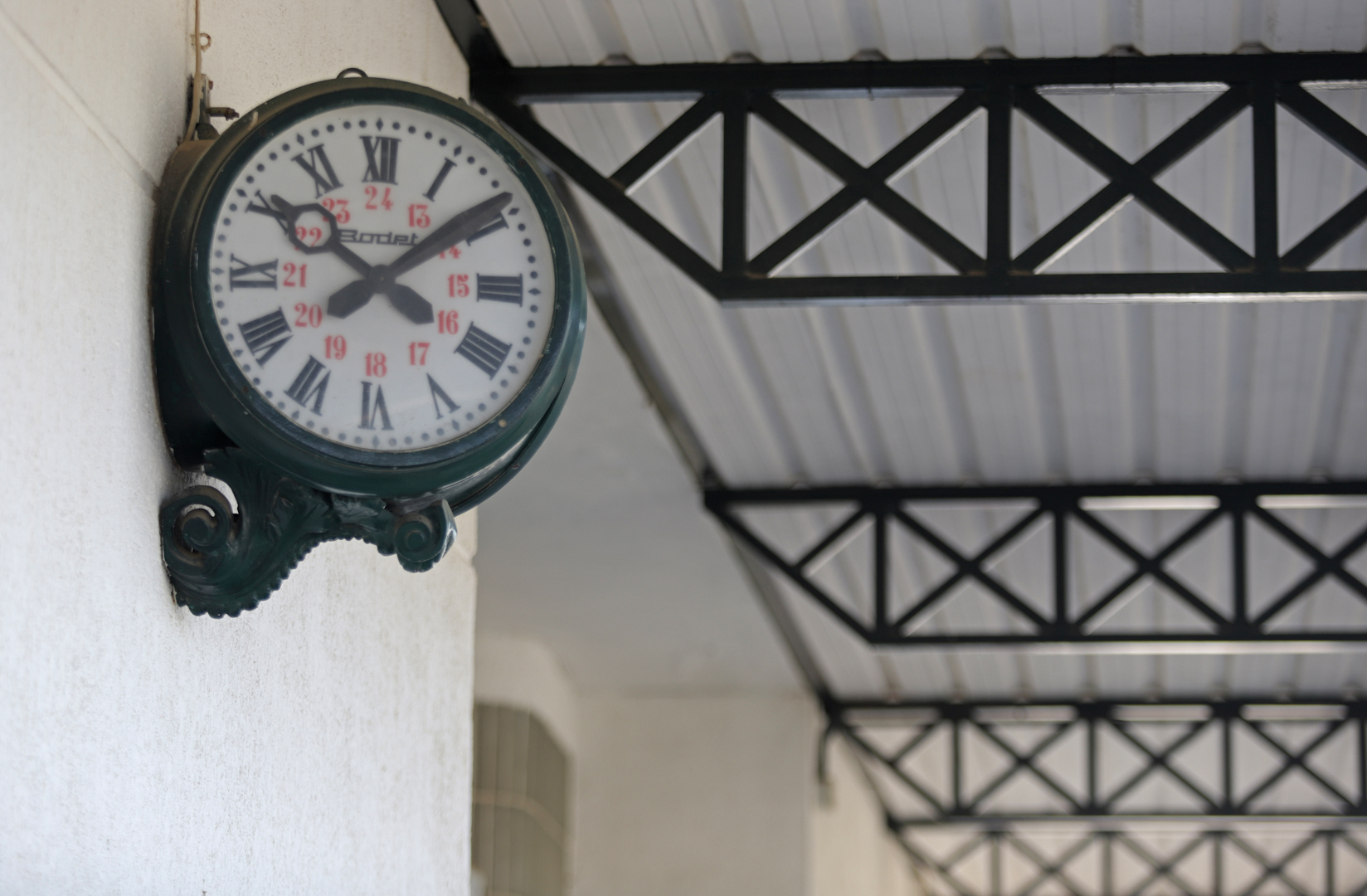
TORREGUADIARO
This area was part of the coastal defence facilities that were in place from the 15th until 19th century. The watchtower here may have been built in the late 15th or early 16th century. The tower was used as a shelter for travellers, cattle breeders and lumberers in the area. In 1796 it had a canon and a company of guards. The current village was a fishing village where people from different parts of the Malaga coast and the Gibraltar Area settled.
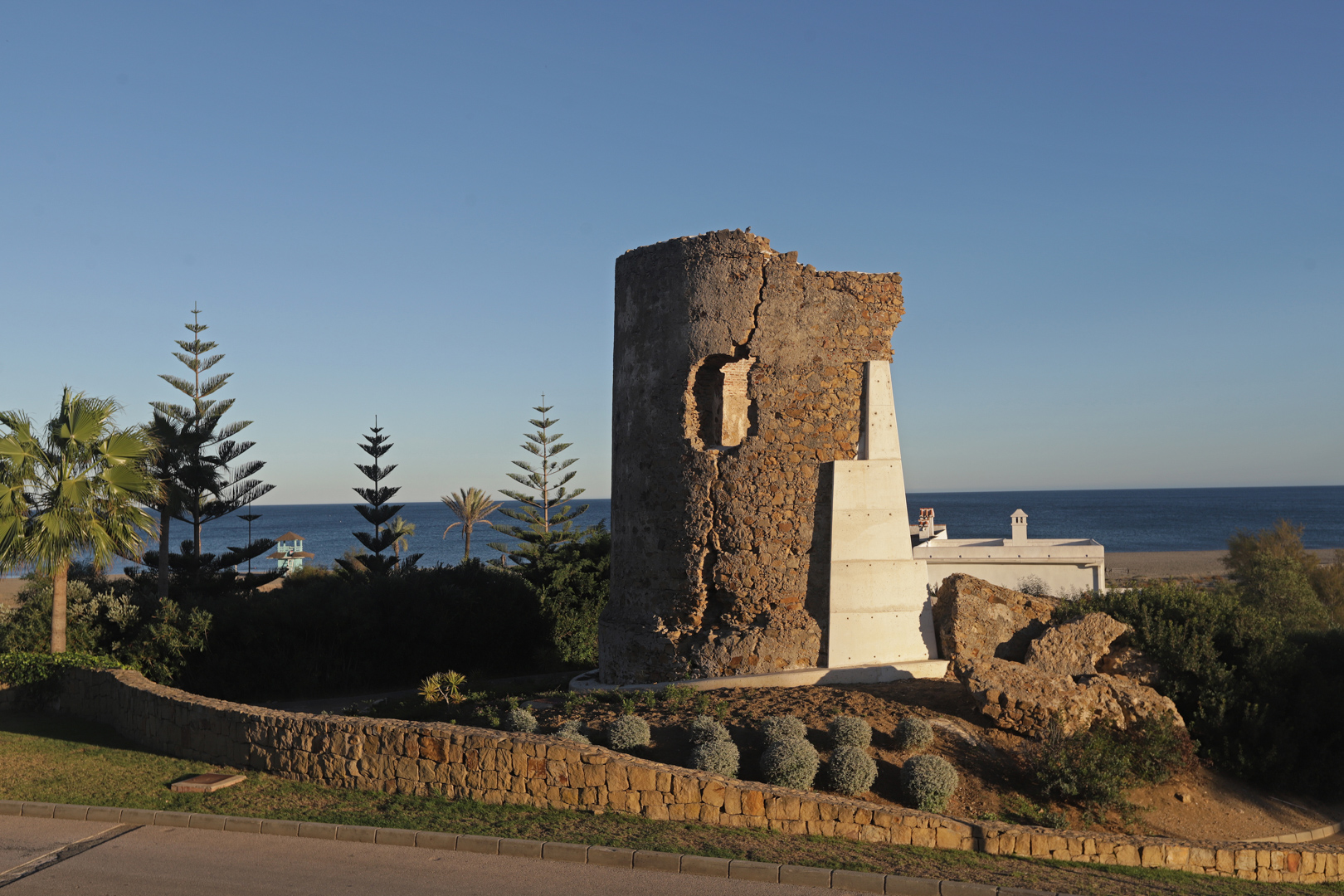
GUADARRANQUE
This old fishing village takes its name from the nearby river that flows into sea at this point. The origin of this village is close at hand, the ancient city of Carteia was founded in the 7th century BC at a location known as Cerro del Prado. Different civilisations settled here and the city was made a Latin colony by the Roman senate. It took part in the Second Punic War and in the civil war in which Caesar and Pompey the Great feuded at the end of the Roman Republic. Strabo, Pliny and Pomponius Mela wrote about the city, which minted its own coins.
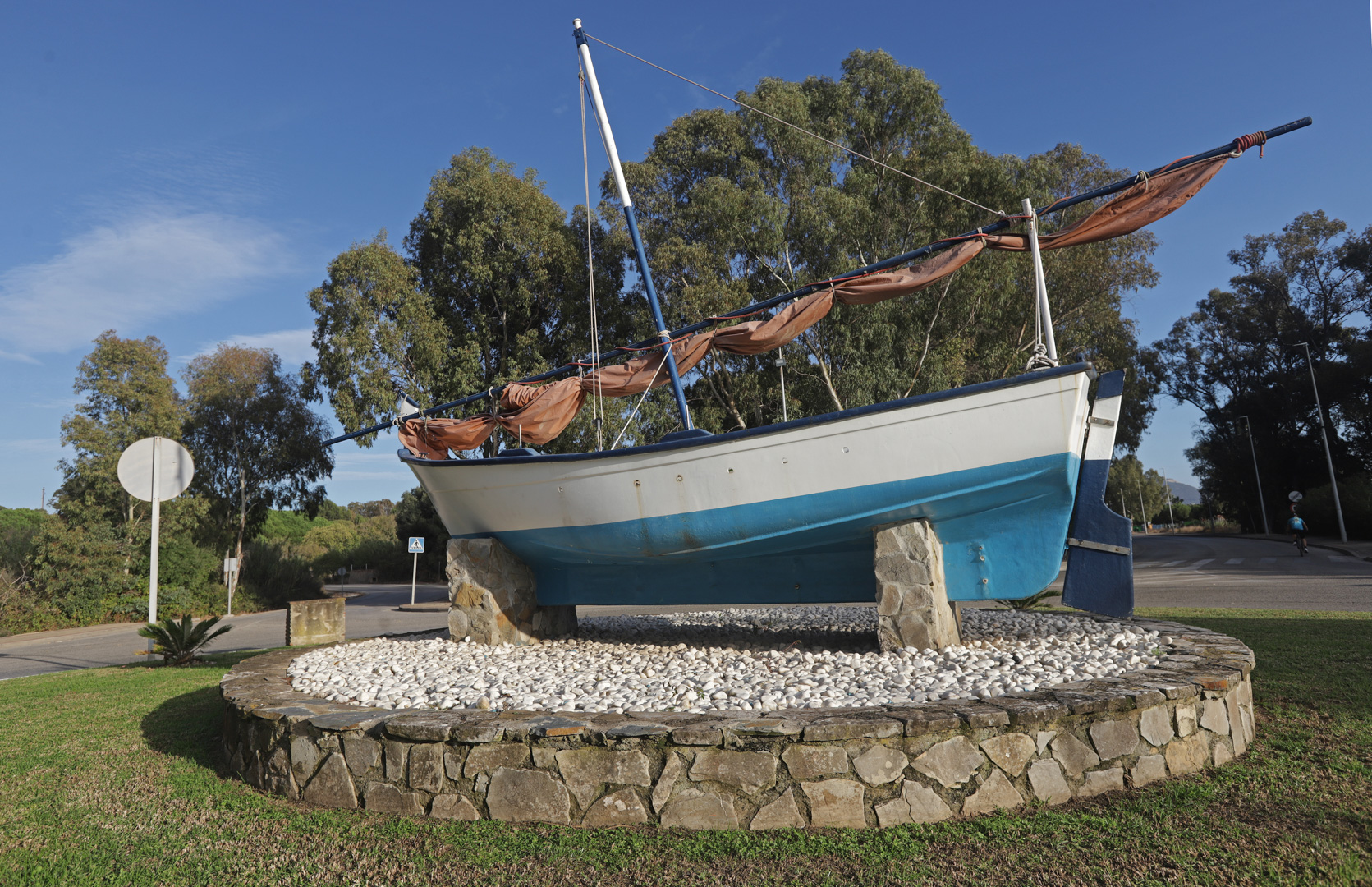
PUENTE MAYORGA
The Turks made an incursion in 1540 and disembarked at the village of Puente Mayorga, where they broke the bottom out of 200 barrels containing six thousand arrobas of wine belonging to the church tithe and killed 300 pigs that were grazing in the surrounding countryside. At that time there were people living in the area. Until the 1930s it had it own customs office and could have been the natural harbour of the Bay of Gibraltar. The bridge over the Gallegos stream, which gives its name to the village, dates back to the 18th century.
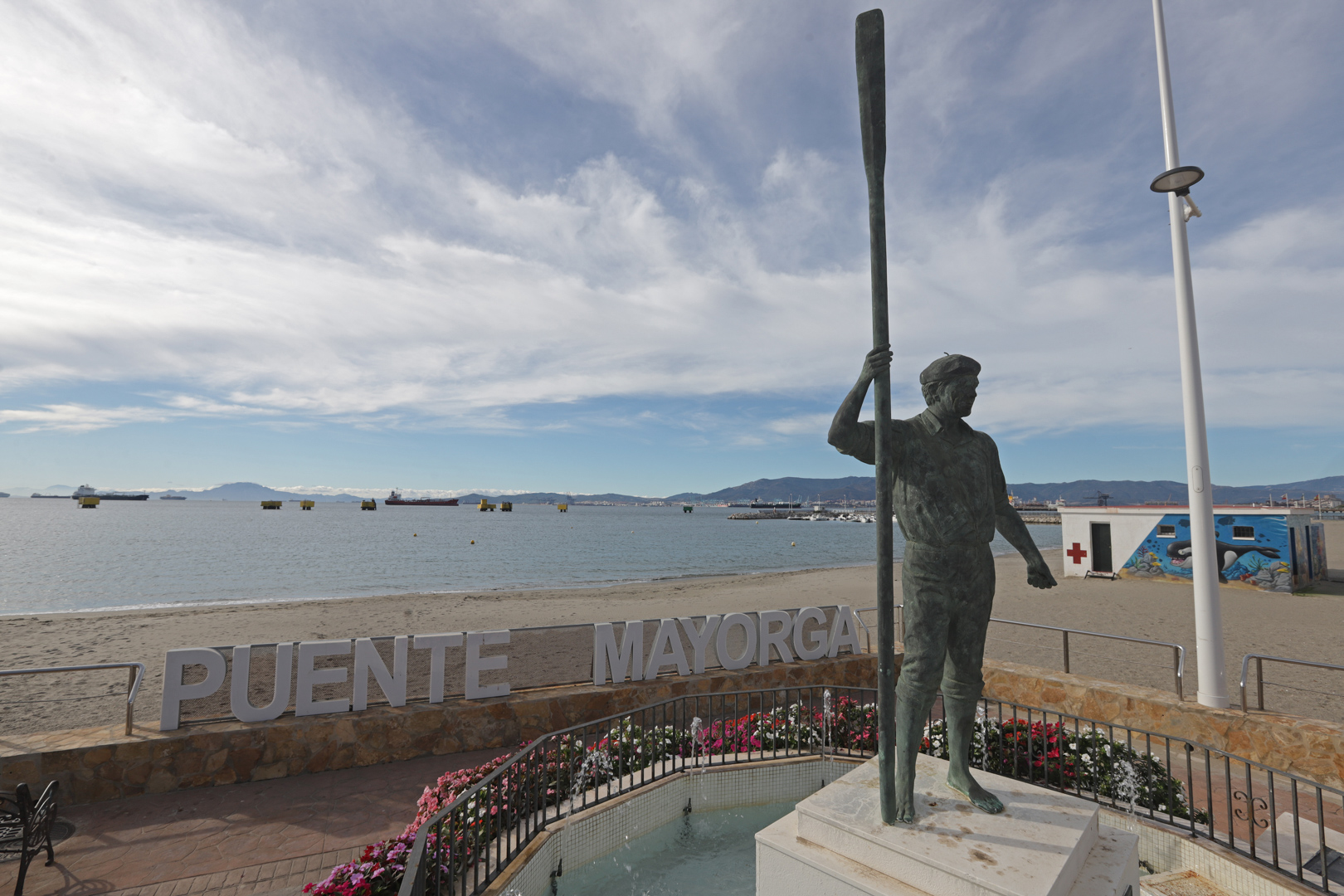
MIRAFLORES
This housing estate is situated near the Miraflores roadside inn. Founded in 1916, it was one of the most well-known ones in the Gibraltar Area. During WWII it was a haunt for German and Italian spies who were working undercover in the area. In addition, it was a popular spot for instructors from the Provisional Sergeant Academy in San Roque.
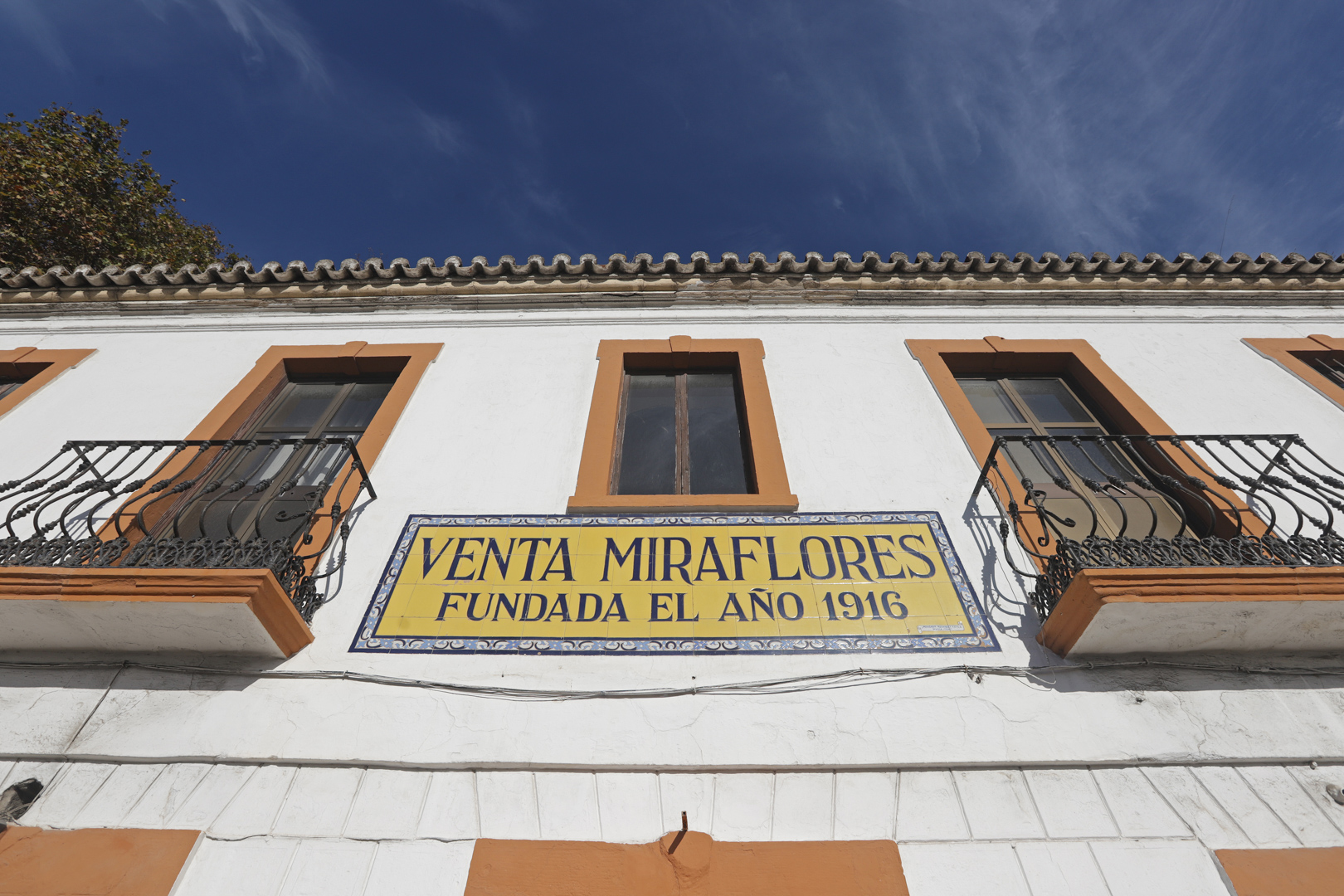
GUADIARO
The origin of this village is linked to the nearby Roman town of Barbesula, which was located at the end of the River Guadiaro. Some interpret the place name of Guadiaro as a Latin version of the Greek Chrysus, with the Arabic prefix Wadi (wadi-aureus). In the 6th century BC the River Chrysus is cited as a provision and trade post with the eastern part of the Strait of Gibraltar.
In the17th century several country estates existed in the area, as well as the popular Guadiaro roadside inn, located on Cortijo Grande land.
When Anglo-Dutch forces occupied Gbraltar in 1704, some people from the Rock moved to the area. In 1709 the “City of Gibraltar in the Fields of San Roque” Council established prices per passenger for the River Guadiaro barge.
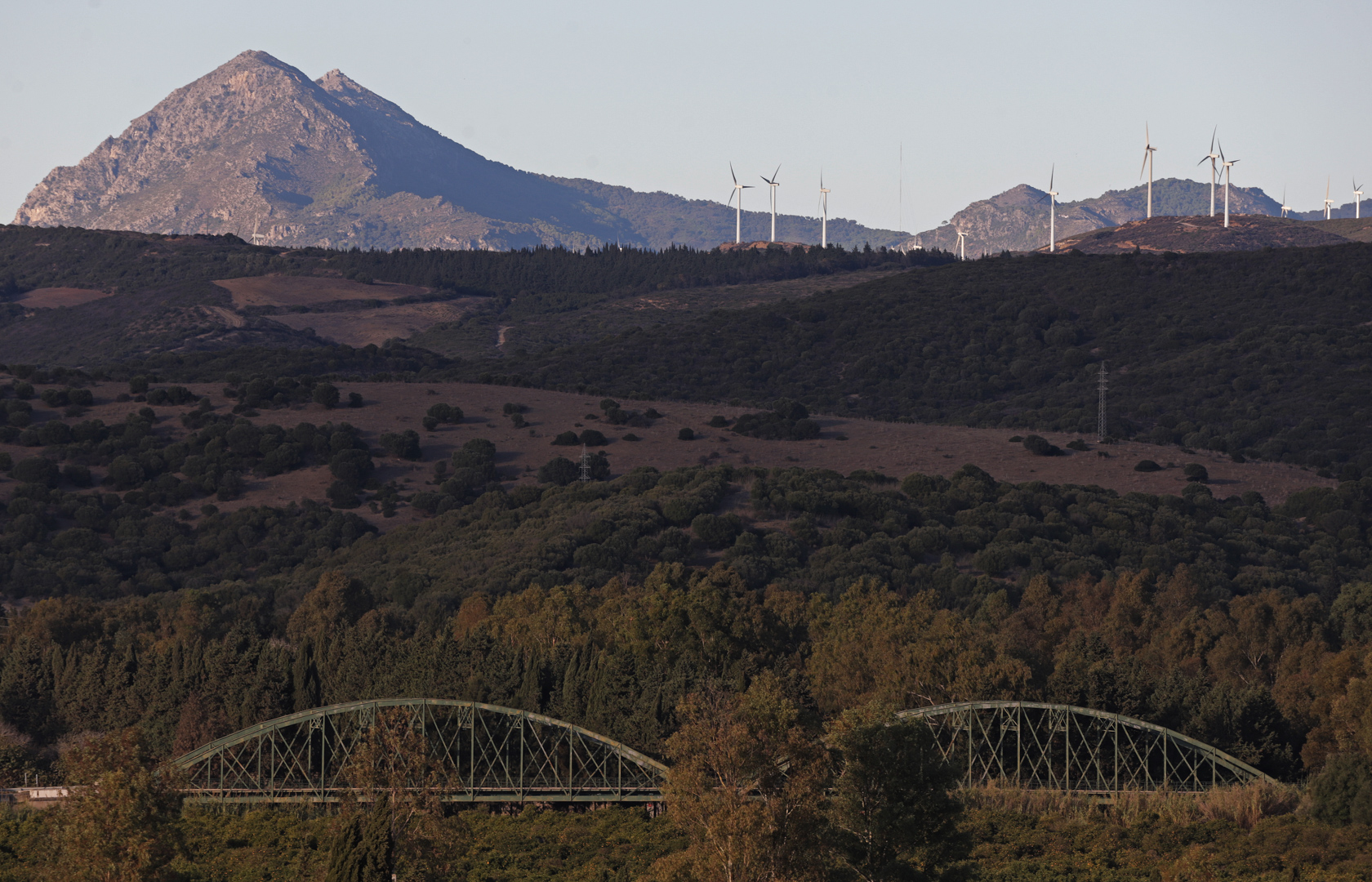
SAN ENRIQUE DE GUADIARO
The influential Larios family founded this village in 1887 as the Guadiaro Industrial and Agricultural Company, which included Los Álamos and Bóvedas country estates. Agricultural colonies started to be created during this era which developed into small villages for country folk. This is how San Enrique was founded and following the Larios family tradition, it takes it name from one of their members, Enrique Croke Larios.
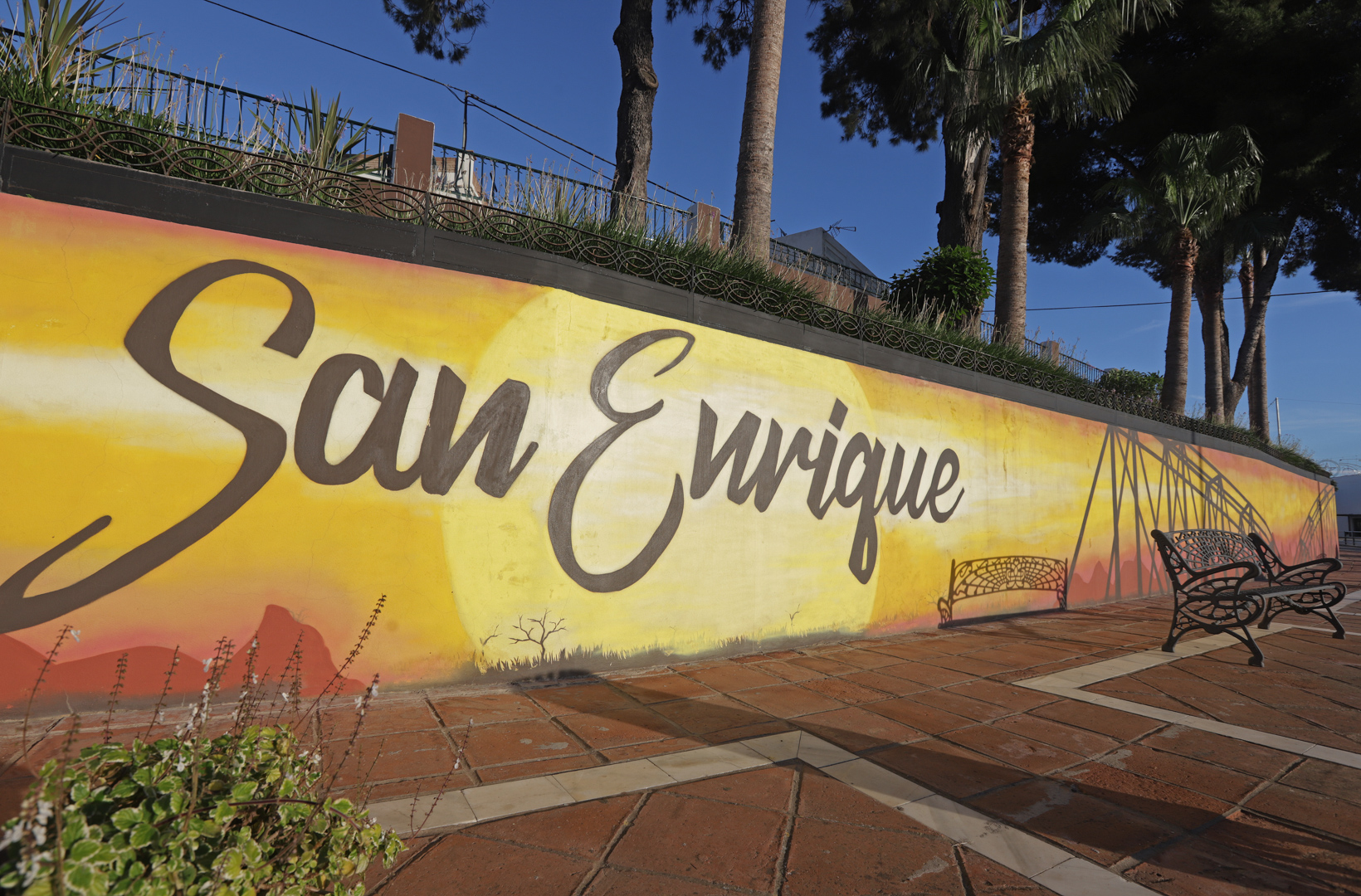
TARAGUILLA
The name of the village appeared for the first time in 1582. It is mentioned in a document in which Constancia Rodríguez, the widow of Bartolomé Carrillo made a donation to Our Lady of the Forsaken Hospital in Gibraltar “from the revenue from Taraguilla, the estate with its fields, vineyards and lands.” This is where one of the Roman roads included in the Antonine Itinerary. The current urban area is directly linked to the frequent floods that occurred in Estación de San Roque before the Guadarranque reservoir was built. Some of the flood victims settled here in houses erected by the Military Housing Board, which built them to give shelter to these families in the 1960s.
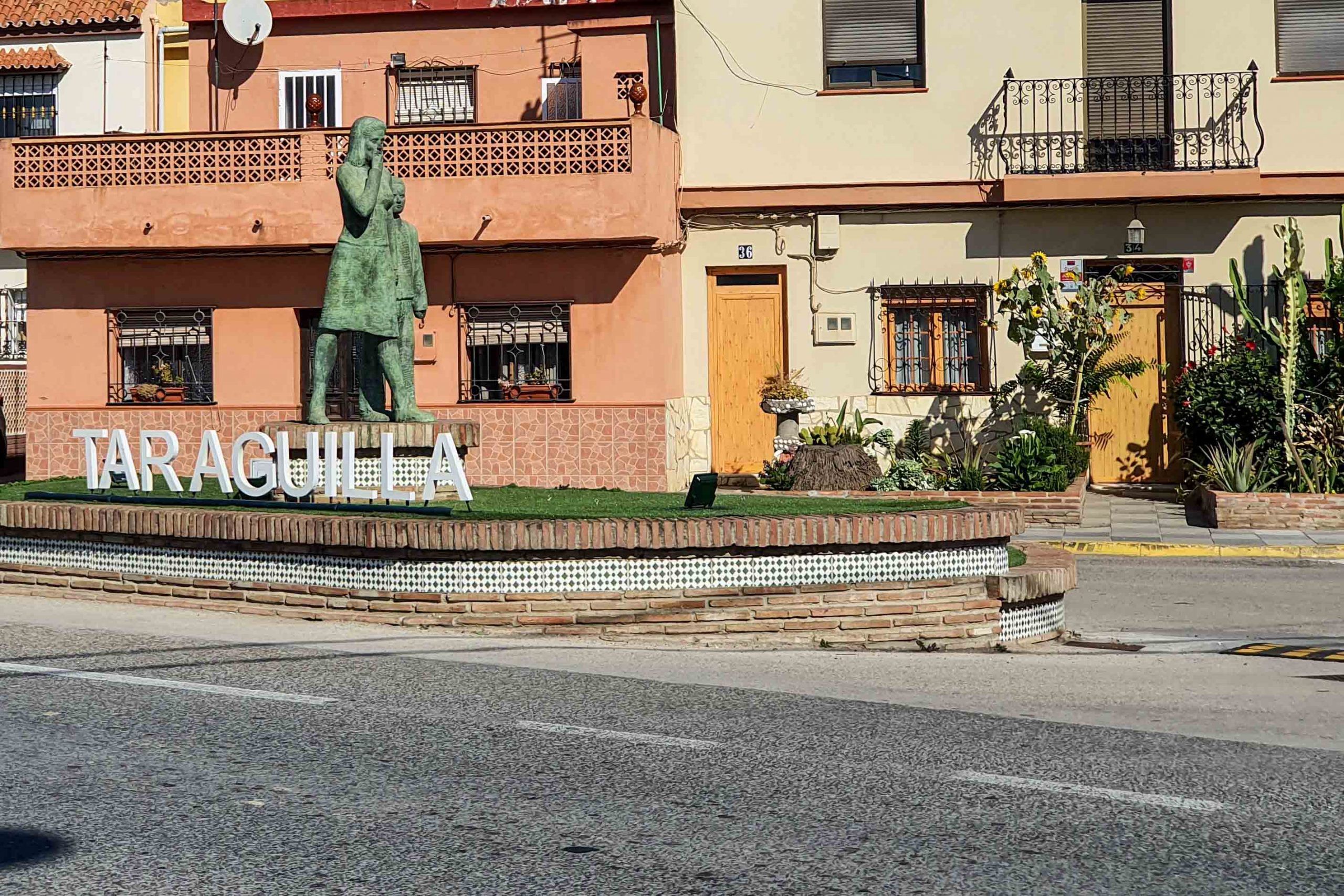
PUEBLO NUEVO DE GUADIARO
The village of Pueblo Nuevo de Guadiaro was founded as a place of residence for workers from the Sotogrande residential area in the mid 1960s. The land was granted to San Roque Borough Council by the Sotogrande company in compliance with the urban plans for this area. The first houses were building by the Caja de Ahorros de Jerez Bank. Gloria Fuertes Primary School was also one of the first buildings to be erected.
